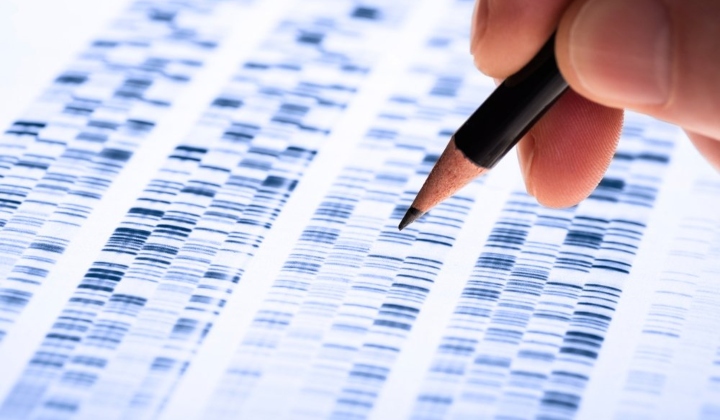M’sian DNA databank helped solve a 20YO cold case; here’s how it works

The Forensic DNA Databank of Malaysia (FDDM) was officially established in December 2015.
To date, the data bank has collected over 100,000 DNA samples and made 60 matches which turned out to be crucial in solving numerous criminal investigations including many cold cases.
Since it’s inception, the data bank has become a vital part of the police arsenal and even helped solve a 20-year-old rape case.
“One of the cases was a rape case of some 20 years ago. The suspect was already serving time for another offence, but through the data bank, we were able to test samples and link him to the assault.â€
Deputy Inspector-General of Police Dato’ Pahlawan Mazlan bin Mansor via The Star
Since the FDDM is becoming a prominent aspect of police investigations, we decided to find out more about the data bank.
What is FDDM?
FDDM was established to legally store DNA profiles and related information for human identification in forensic investigations, including locating missing people and identifying human remains.
It stores the DNA data collected by the Chemistry Department (KIMIA), police, or any government agency designated by the home affairs minister.

Types of profiles stored by FDDM
As of 2017, FDDM has about 0.23% of the Malaysian population’s DNA profiles.
The profiles were collected from seven sources:
- Crime scenes
DNA profiles found on a person, object or at any place where an offense was committed. - Suspects
DNA profiles taken from an individual reasonably suspected of having committed an offense - Convicted offenders
- Detainees
DNA profiles obtained when a sample has been taken from a detainee under the Dangerous Drugs (Special Preventive Measures) Act 1985. - Drug dependants
DNA profiles from known drug users. - Missing persons
DNA profiles from the body or parts of the body of an unidentified deceased individual or from an artefact belonging to a missing person (e.g. toothbrush), or from the next-of-kin of the missing person. - Volunteers
DNA profiles from those who voluntarily give their DNA records to be stored in FDDM. They include reference DNA profiles from family members of victims and staff of the FDDM unit.

Convicted offenders form the largest fraction of DNA profiles in FDDM, followed by suspects and drug-dependent persons.
DNA collected and stored by FDDM doesn’t necessarily get stored forever. Instead, the data can be removed and destroyed under certain circumstances.
Types of samples.
FDDM contains DNA profiles and related information collected from both intimate and non-intimate samples.
Intimate samples are samples such as blood, semen, or any tissue or fluid taken from a person’s body, including pubic hair and swabs and samples taken externally (outside the body) and internally (from an opening other than the mouth).

Meanwhile, non-intimate samples are any hairs except pubic hair, samples taken from under a nail, and saliva and cheek swabs taken from the mouth.
The police rely a lot on cheek swabs and often collect these type of samples from suspects, detainees, drug-users and the like.

Blood samples and intimate samples can only be taken by government medical practitioners and sent directly to the Chemistry Department for analysis.
Which government bodies upload DNA Profiles to FDDM?
DNA profiles in the FDDM come from two sources.
One is from the cheek swabs taken by police.
The second is from the Chemistry Department who uploads profiles found from crime scene samples, intimate samples, samples from unidentified remains and those from artefacts of missing persons.
Have you had your DNA sample taken before? Share your stories with us on our Facebook, Twitter and Instagram!
Starving forensic investigator turned writer cause she couldn't find a job. Used to search for killers now searches for killer stories.





